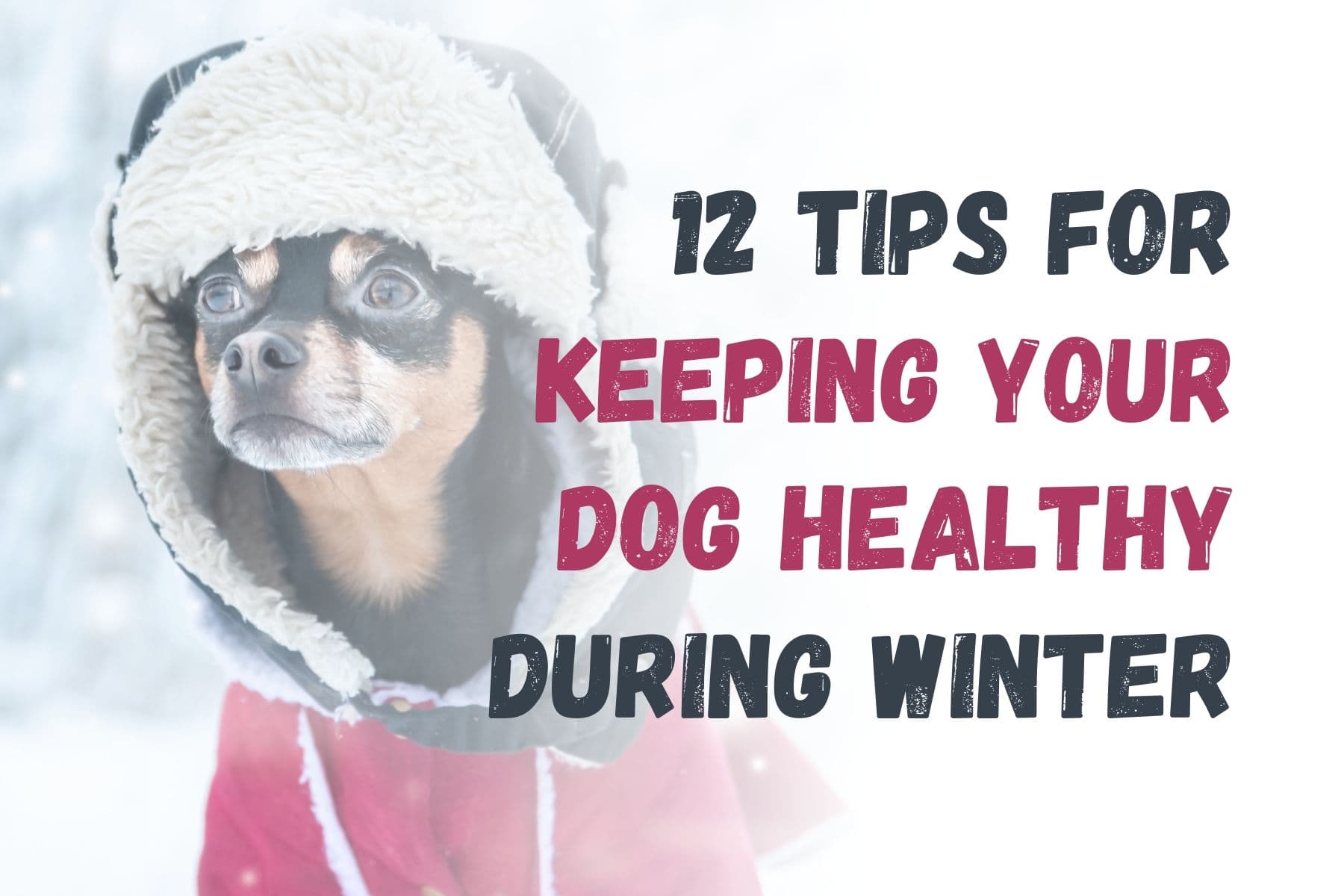How to Keep Your Dog Healthy in Winter: 12 Essential Tips

Winter can be a tough season for our dogs—especially if they're not used to the cold. Over the years, we've learned a few reliable tricks to help our pups stay safe, cozy, and happy during those chilly months. Here's what’s worked for us and what we recommend to fellow dog parents when the temperature drops.
1. Keep them indoors as much as possible Cold weather isn’t just uncomfortable—it can be dangerous. Hypothermia, frostbite, and even breathing issues can pop up fast, especially in smaller or short-haired breeds. We always make sure our dogs spend most of their time inside where it's warm and dry. If your pup loves to roam, dog-proof your home so they can explore safely.
2. Create a warm, cozy sleeping spot A drafty floor doesn’t make a great bed. We like to use thick, soft bedding (sometimes with an extra blanket or two) and place it in a warm, quiet corner—away from doors or windows. For our older dog, a heated pad has been a game changer. Just make sure any heating element is pet-safe and used under supervision.
3. Protect their paws Salt, ice, and freezing pavement can really do a number on your dog's feet. We’ve used paw balm before walks and always rinse and dry their paws after. Booties are great too—if your dog will tolerate them—but it takes some getting used to. Keep nails trimmed so they don’t slip on icy ground.
4. Limit exposure to de-icing chemicals Some of those sidewalk salts and antifreeze products are toxic. If your dog licks their paws after a walk, they could ingest chemicals. Try to avoid heavily salted areas, and wipe their feet thoroughly when you get home. If you ever notice symptoms like vomiting or excessive thirst, call your vet right away.
5. Adjust food and water Dogs burn more energy in the cold, so yours may need a bit more food—especially if they’re active outdoors. We like to serve warm meals when it’s especially chilly (a few seconds in the microwave does the trick). Also, always check that their water isn’t frozen or too cold to drink.
6. Never leave your dog in the car In winter, cars trap cold instead of heat. Even a short time in a parked car can lead to hypothermia or worse. If you absolutely must bring your dog with you, make it quick, and never leave them alone for long.
7. Dress them if needed Not all dogs need coats, but for short-haired or smaller breeds, a well-fitting sweater or jacket can make a big difference. Look for something that covers their belly and allows them to move freely. We love coats with reflective strips for those early morning or late evening walks.
8. Keep their coat healthy Regular grooming is important year-round, but in winter, it helps keep your dog’s coat insulating properly. Mats and tangles trap dampness and can make them colder. A quick daily brush does the trick for most dogs.
9. Watch for signs of hypothermia Know the red flags: shivering, lethargy, pale gums, or slow breathing. If your dog shows any of these, get them inside, wrap them in blankets, and call your vet if you’re unsure. Better safe than sorry.
10. Walk when it’s warmest We aim for midday walks when the sun’s out and the temps are highest. On bitterly cold days, we keep outdoor time short and play indoor games instead—tug, hide-and-seek, or even puzzle toys to burn off energy.
11. Keep up with vaccines Winter doesn’t pause the germs. Respiratory illnesses like kennel cough and canine flu tend to spread more this time of year—especially in indoor spaces like daycare or boarding facilities. Make sure your dog’s vaccinations are current and avoid shared water bowls or close contact with sick dogs.
12. Consider a doggy door (if it makes sense for your home) If your dog goes in and out often, a well-insulated dog door leading to a safe indoor space can be really helpful. Just make sure it seals properly and can be locked at night or when you're away.
**
The bottom line? Winter requires a little extra care and attention, but it’s totally manageable. Stay aware of your dog’s comfort, make some adjustments to your routine, and don’t hesitate to check with your vet if something seems off. A warm, happy dog is the best kind of winter companion.